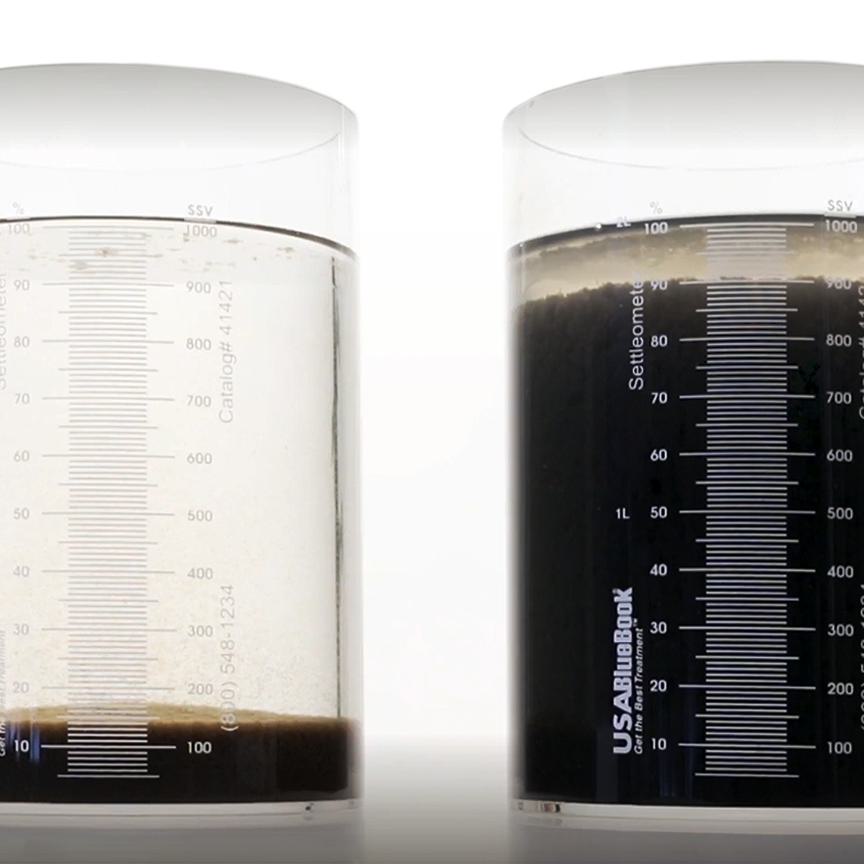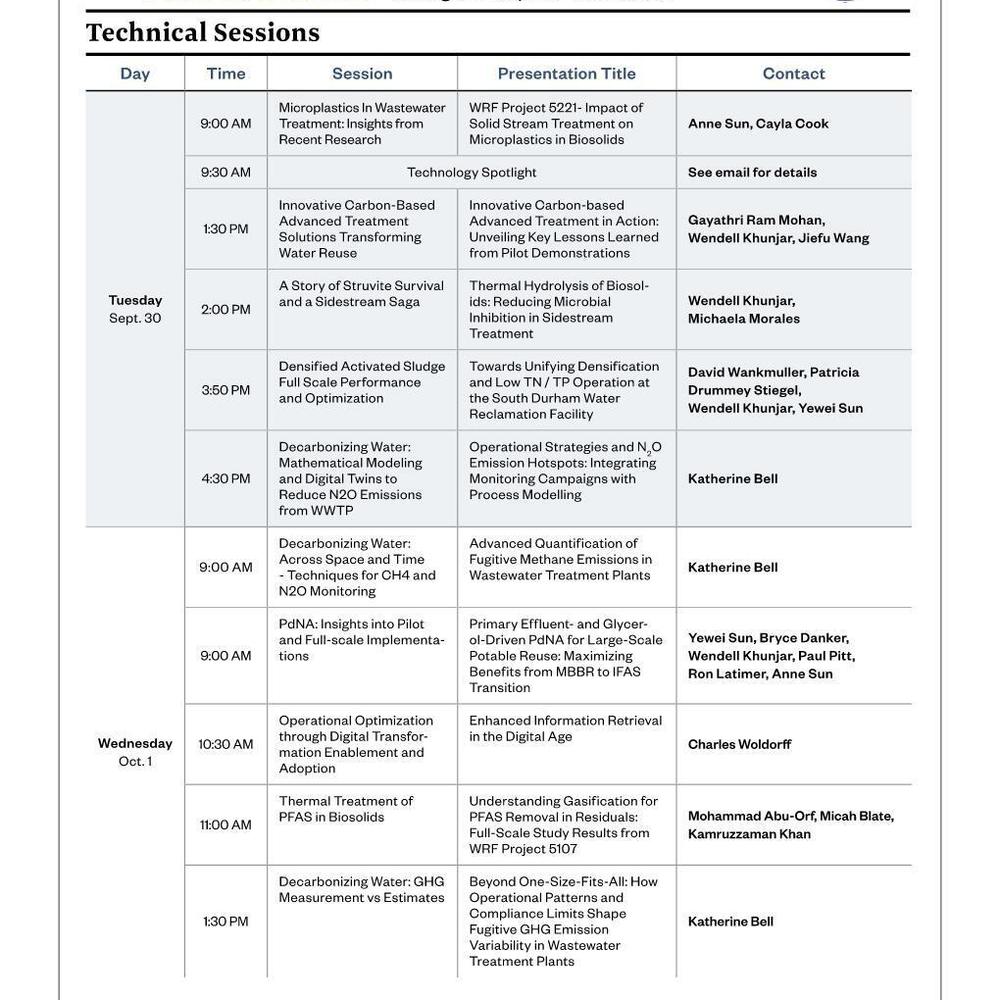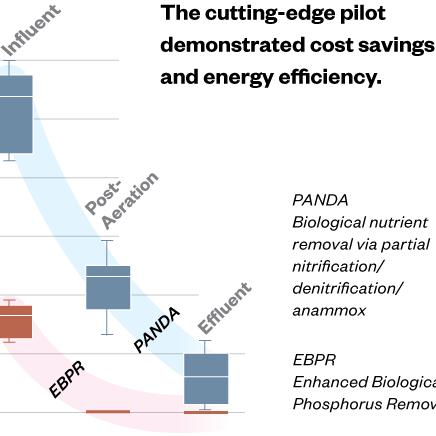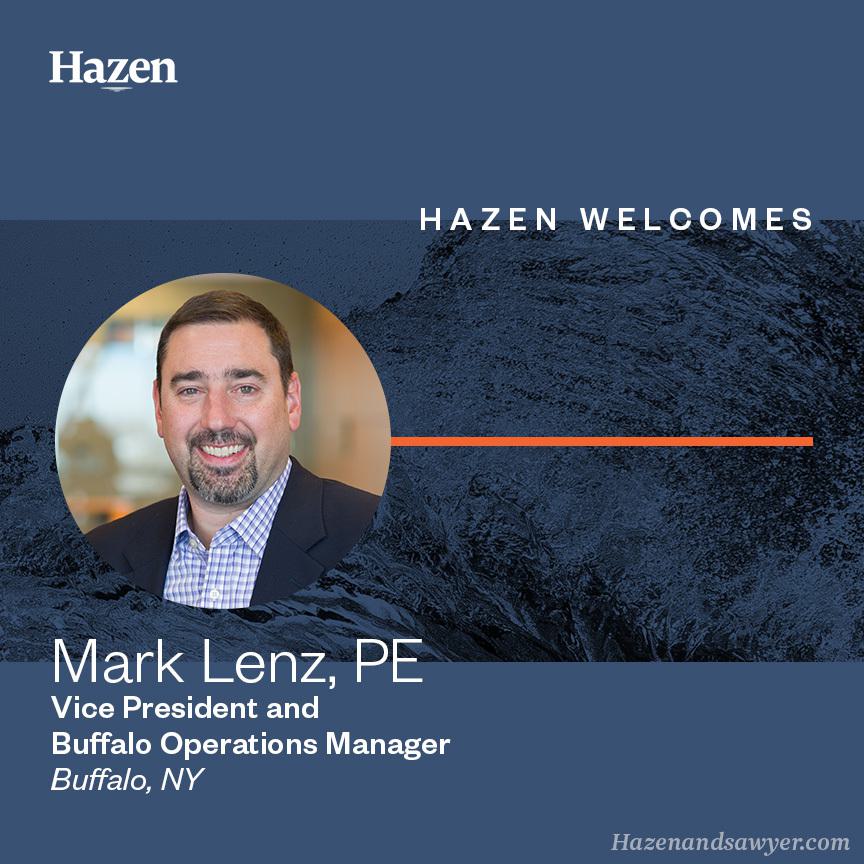North and South Durham WRFs Upgrade and Expansion
Hazen and Sawyer was retained to provide full engineering services for condition assessments of both existing plants, master planning for future phased expansion, and design and construction supervision for expansion to 20 mgd while meeting stringent effluent standards.
The North Durham and the South Durham Water Reclamation Facilities were nitrification plants designed to remove biochemical oxygen demand and suspended solids, and fully nitrify. Both facilities were designed to achieve low levels of nitrogen and phosphorus removal and have to meet an effluent TN of 5.5 mg/L and an effluent TP of 0.5 mg/L in the summer and 2.0 mg/L TP in the winter at design flow.
This project required very high quality effluent as both plants discharge to drinking water reservoirs. The North Durham Water Reclamation Facility, upgraded in the mid-1980’s, discharges to Falls Lake in Raleigh, NC; the South Durham Water Reclamation Facility, which commenced operation in November 1984, discharges to Jordan Lake in Cary, NC.

Ron Taylor is an expert in the planning and detailed design of wastewater treatment facilities.
Related Topics:
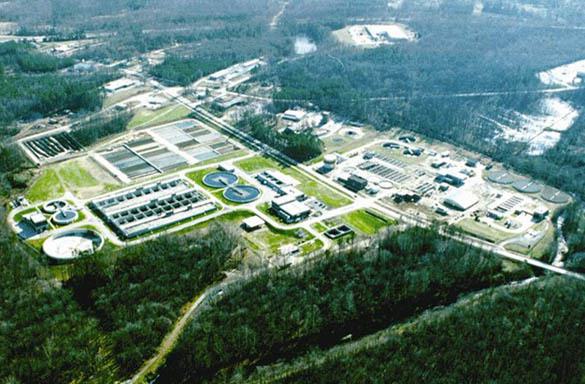
North Durham Water Reclamation Facility
The new 20 mgd North Durham facility includes a complete, new 12.5 mgd flow train, including flow equalization, a 5-stage biological phosphorus-nitrogen removal activated sludge process, deep-bed effluent filters and ultraviolet disinfection facilities. Administrative, maintenance and blower building facilities are also included in this project, which was placed into successful operation late 1994.
Construction of sludge thickening and dewatering facilities as well as additional anaerobic digestion facilities was completed in 2000, including rehabilitating four anaerobic digesters and providing new sludge heating and mixing systems. A new 2.5 mgd 5-stage BNR flow train was designed and constructed in 2009.

South Durham Water Reclamation Facility
Hazen and Sawyer completed design for a two-phased expansion of the South Durham facility. The first phase included supplemental dewatering using belt filter presses; alum feed facilities to provide standby and supplemental phosphorus removal capacity; biological phosphorus removal facilities including two separate anoxic tanks equipped with submersible mixers, distribution channels, effluent filters, and reactor-clarifiers for sludge treatment system recycle flows.
The second phase included BNR facilities for biological phosphorus removal, nitrification-denitrification and effluent disinfection using ultraviolet disinfection. The five-stage BNR process was selected for process stability and expected future requirements for total nitrogen reduction. Additional process and sludge disposal facilities are included to expand the treatment capacity to 20 mgd. Gravity belt sludge thickeners, and an additional belt filter press for sludge dewatering and anaerobic sludge digester improvements are included. Related improvements include an expanded centralized laboratory, administrative area improvements and a multi-bay equipment maintenance building.


Process Optimization Study
In 2009, Hazen and Sawyer was retained to perform process optimization to determine facilities required to meet the limits of technology at both plants. Calibrated BioWin models of both facilities were developed using a combination of historic and special sampling data. Hazen and Sawyer conducted detailed on-site nutrient profiles using its own process sampling equipment. Biological process modeling and field verifications were completed to demonstrate that these facilities can treat to limits of conventional technology for total phosphorus and total nitrogen. Additional improvements needed to treat to potentially more stringent limits (TN 1.1 mg/L, TP 0.06 mg/L) at the NDWRF were also discussed.
Project Outcomes and Benefits
- Expanded capacity from 10 mgd to 20 mgd.
- Designed the most cost-effective process, involving lower capital and operations and maintenance costs for the plant.
- Upgraded BNR process while taking into account future total nitrogen limitations.











